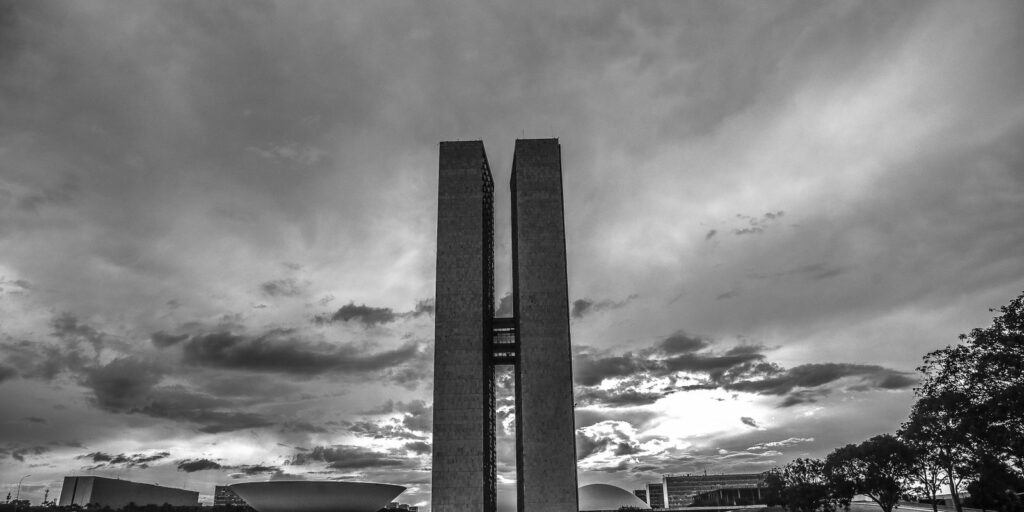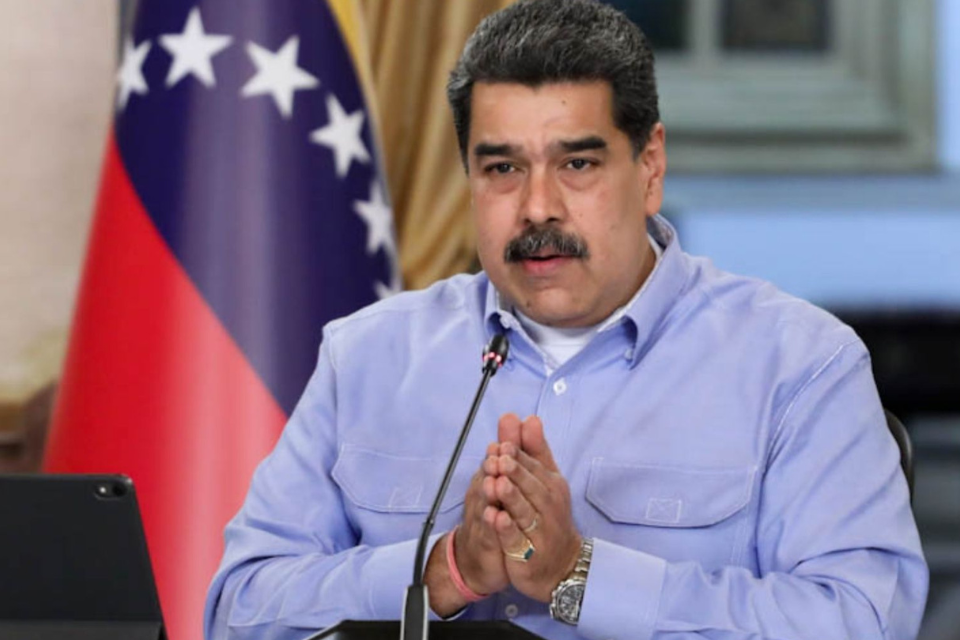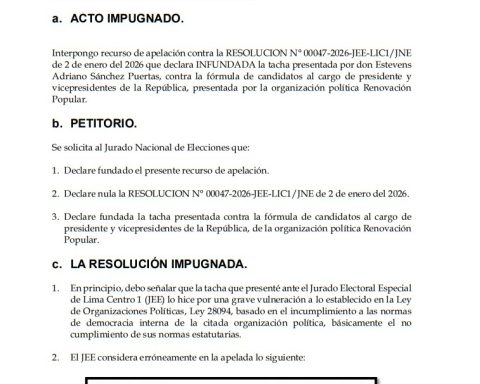The Ministry of Health provided that prescriptions made on paper and sent via the web, mail or WhatsApp to request treatment in pharmacies will no longer be validaccording to the resolution published this Monday in the Official Gazette “because they don’t have adequate security mechanisms”explained Claudio Ortiz, Undersecretary of Quality, Regulation and Oversight of the agency.
Resolution No. 3622/2022, which entered into force this Monday with its publication in the Official Gazette, repealed resolution No. 696/20 of March 31, 2020, which enabled the presentation at the pharmacy of prescriptions in text message format or messages “through web, mail or fax messaging applications,” the text indicated.
“It returns to the system that was in force before the pandemic, that is, the paper prescription with the doctor’s holographic signature, or the electronic or digital prescription for those providers that have these systems, such as PAMI”explained to Télam Ortiz.
Due to the expansion of the health emergency established by Law No. 27,541, modifications were authorized in the prescription and dispensing of psychotropic or other medications for the care of chronic and possibly acute pathologies while the emergency lasts.
The reason for the change
Thus, The repealed resolution allowed the medical prescription to be presented at the pharmacy “so that the patient does not have to go to the health center or hospital to have the prescription for chronic medications renewed and/or any other medication that you regularly use.
The reasons for the repeal are due to the fact that the exception route implemented during social, preventive and compulsory isolation (ASPO) “it doesn’t have all the security mechanisms that analog recipes do, and it was only acceptable in an emergency context”Ortiz explained.
On the other hand, with electronic or digital prescriptions, “the identification of the patient, the professional, and the medication are made in accordance with security mechanisms that make them unequivocal, which does not happen with the photos of the prescriptions on paper, which, for example, they can be faked,” he added.
In this sense, the official remarked that with the new measure, and “As before ASPO, chronic patients can receive prescriptions for 60 or 90 days of treatment to avoid monthly concurrence”.
Another possible alternative for patients is that “receive the electronic/digital prescription with electronic signature, if your provider has that system”.
Asked if the new regulation also includes prescriptions sent to clinics, hospitals and/or laboratory tests, Ortiz clarified that it covers “only prescription drugs and their sale in pharmacies.”
a new law
Although the law on the prescription of electronic prescriptions and telehealth care, which was approved by the Senate on July 23, 2020, “is not yet regulated, it has a regulatory file that is being processed at the ministry,” Ortiz said.
This initiative authorizes the medical, dental or other professional prescription of prescriptions or medical studies to all health professionals legally empowered to prescribein the respective fields of health care and public and private pharmaceutical care.
In this way, it was determined that prescription drugs in electronic or digital format must be dispensed in any pharmacy in the national territory, pharmacy services of health establishments and authorized health sector establishments.
It was also established that those responsible for monitoring electronic prescription systems and telecare platforms must “Guarantee the custody of the databases of virtual professional assistance (digital medical records), prescription, dispensing and archiving”.
According to what was published in the Official Gazette, based on the progress in vaccination coverage, “the incidence of serious illness and mortality from Covid-19 has been considerably reduced, regardless of the circulating variant.”
The impact of the coronavirus in 2022 “occurs within the framework of a population with high vaccination coverage”, in which “the occupation of intensive care beds by Covid-19, all the provinces are below 78% occupancy “.
In relation to vaccination coverage, the Official Gazette stated that, from the start of the national Covid-19 vaccination campaign until December 19, 2022, “82% coverage was achieved in the general population and 86.1% in older than 3 years with primary scheme”.


















